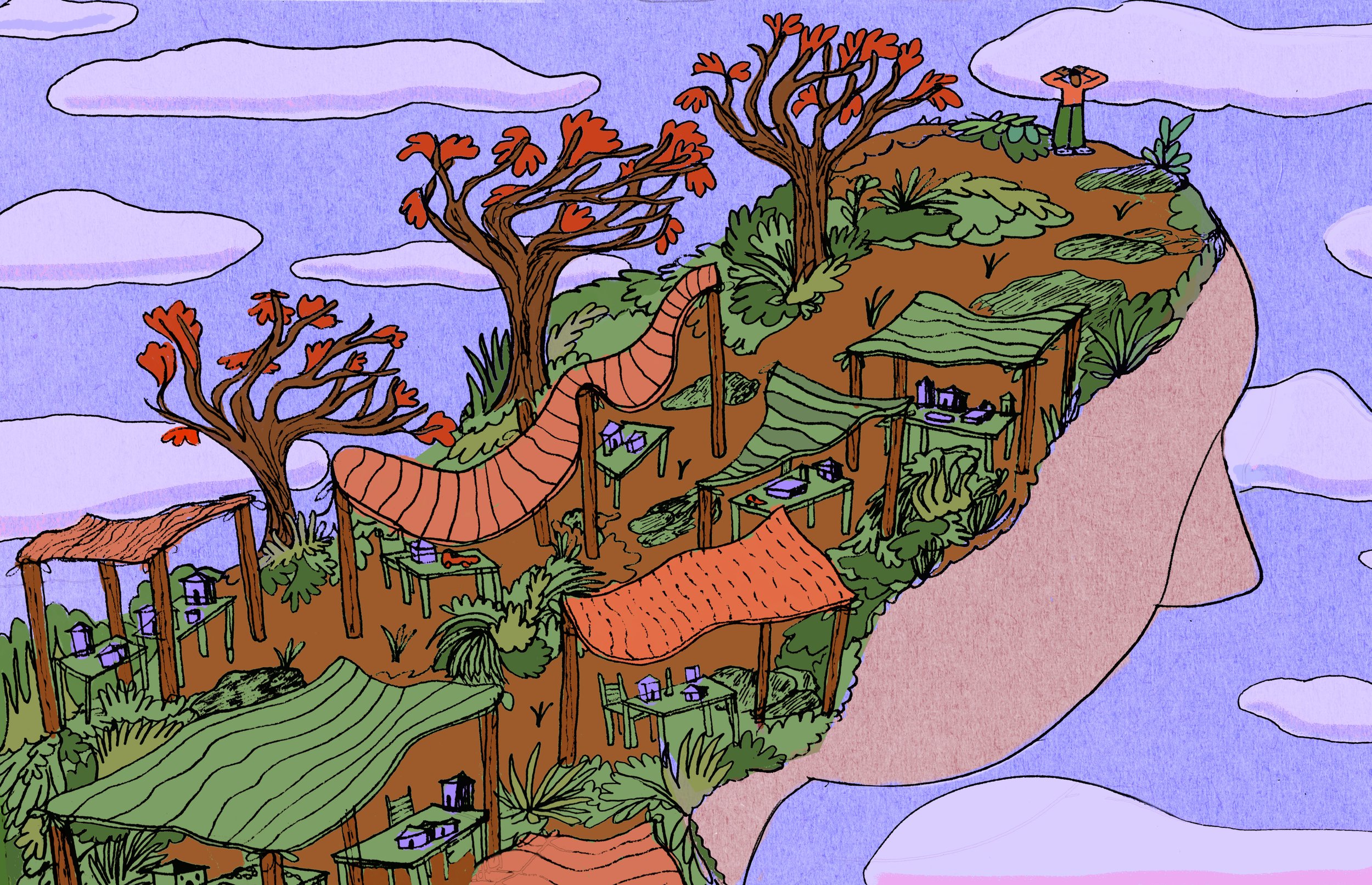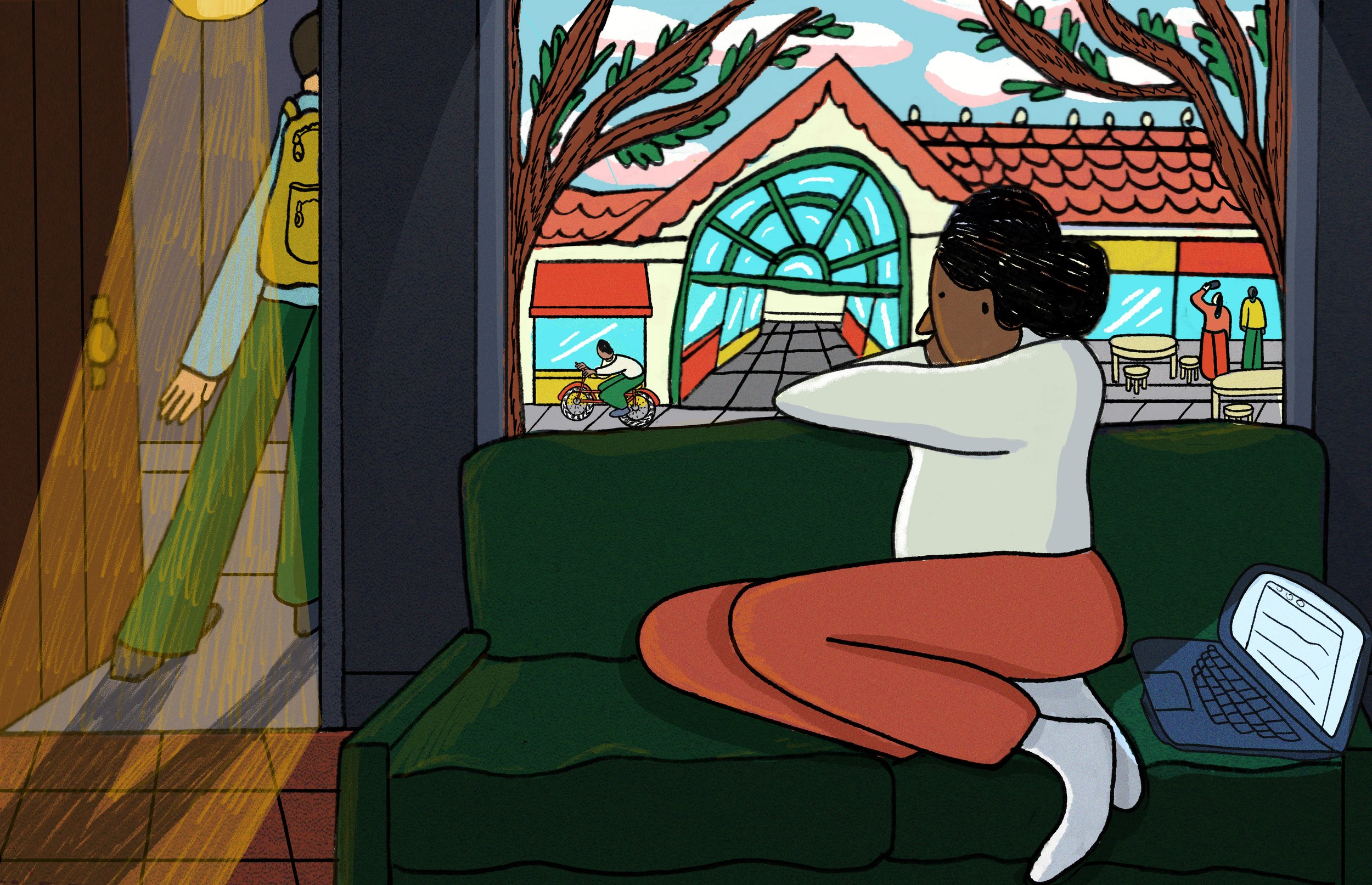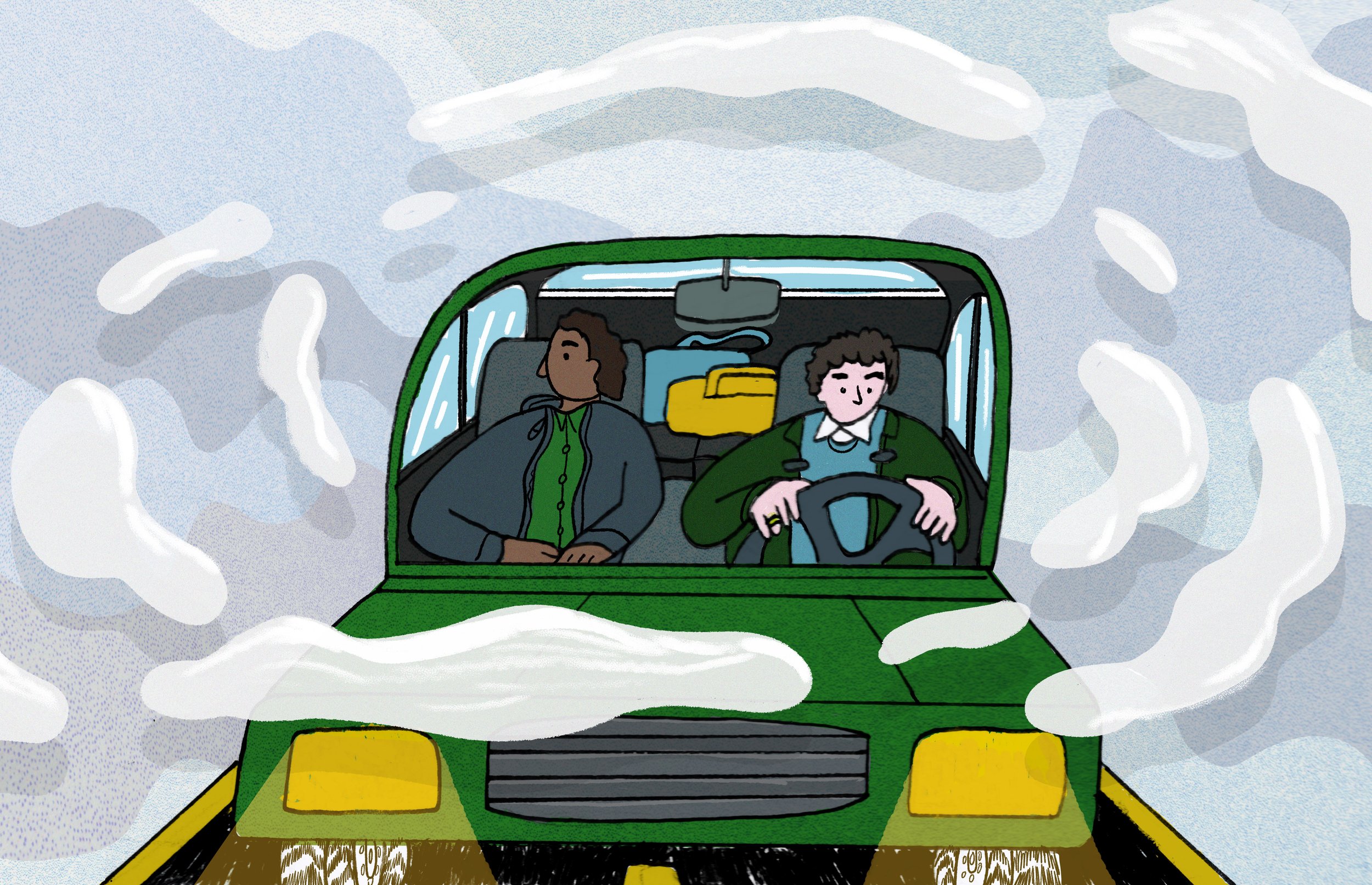6:15 p.m. on the Hill of the Skull

6:15 p.m. on the Hill of the Skull, just south of Quillacollo, Bolivia, is when crowds of pilgrims finally disperse, and the distant jingle of the shaman’s bell now carries easily through the thin, Andean air. Besides the occasional rat-tat-tat of firecrackers, there is little else in the atmosphere except for clouds of burnt incense mixed with the chalky dust of the earth.
I hold on to my hat as a strong wind blows in from the west, cracking the tarpaulin tents set up by vendors. Inside, they sell merchandise to pilgrims: miniature objects representing the die-cast vehicles and model homes pilgrims might ask for; small talismanic tokens, rosaries, and amulets; and pretend documents like passports, diplomas, and certificates of health.
I’ve been roaming around the Hill of the Skull for several days now, taking photographs and listening to the laments and prayers of the pilgrims who flocked to this auspicious hill. I’ve been watching the faithful hammer stones off boulders as they ask the Virgin Mary and that other mother, Pachamama, for good fortune. But this evening, I am here for another reason: to find a shaman to perform a ceremony for a friend stricken with a recurrent brain tumor. Just yesterday, her mother messaged me to ask if I could see a shaman because her daughter, after her second craniotomy, was now unresponsive and in hospice.
I’m not looking for just any shaman, but the one whose portrait I took a few days earlier. He looked of the earth, his clothes soiled by minerals and faded by the unmediated sun. He carried a brass bell, itself worn-out and dirty, and a tray of smoldering incense. His cheek, stuffed with coca leaves, sagged. When I asked him if I could take his photograph, he walked to the edge of an overlook, put down his incense burner, and, without saying a word, stood for me. Somewhere in his rheumy eyes, there was a glint of something I didn’t see in the other shamans: perhaps it was sincerity, or a compassion for the suffering that has long congregated on this hill.
I show his picture to some vendors, but they haven’t seen him. I’ve been walking for about an hour now, and a thin layer of brown earth has dusted me, settling into the wrinkles on my hands and arms as if antiquing me. Underfoot, I trample over the remnants of hope and despair: half-burnt counterfeit currency, confetti, charred incense, empty bottles of ceremonial alcohol, and dried pools of libations.
Earlier, I saw a vendor bless a certificate of health over incense and douse it with alcohol for a pilgrim. I bought one too, which I now carry with me and hope the shaman will bless. I don’t believe in any of it, but surely, a remote healing ceremony and prayer can’t make things any worse. And besides, I’d made a promise to my friend’s mother. Somehow, this hill has turned me into a pilgrim.
A band of clouds lingers above a distant cordillera. Its color turns pink, then fades to lilac as nightfall advances. A young girl crosses my path. I saw her yesterday wearing the same clothes. She eyes me as she walks by, but when I smile at her, she looks away and slips into a tent.
Now, just a silhouette of the cordillera’s rolling form and a few impatient stars—or were they planets?—reveal themselves against the indigo sky. There is no sign of the shaman. I feel detached, lightheaded even, but it could be the altitude.
I walk through the tents and start down the hill when I hear a bell ringing louder, closer. A shadowy figure lumbers towards me. I recognize him. In one hand, he holds a glowing incense burner; in the other, he rings a bell to offer his services to one last pilgrim for the day.
About the Author
Jeremy Bassetti is a writer, photographer, and educator. He is the host of the Travel Writing World podcast and has interviewed some of the world's most celebrated authors. You can learn more about Jeremy at jeremybassetti.com.
Illustration by Jane Demarest.
Edited by Aube Rey Lescure.











